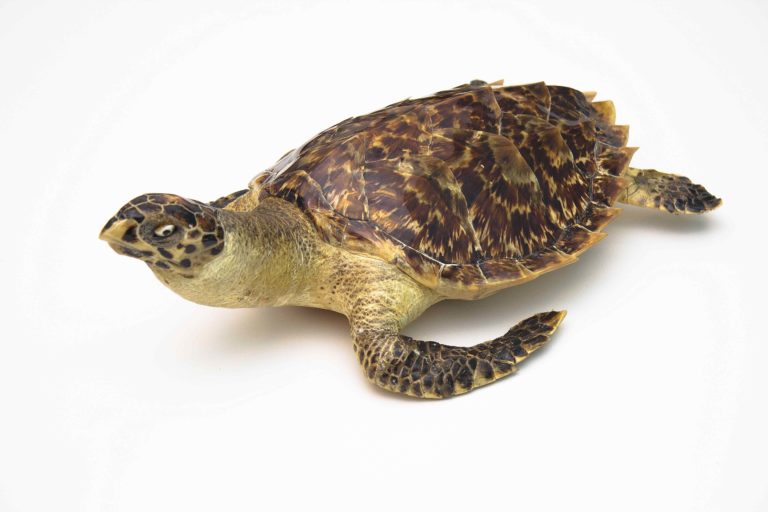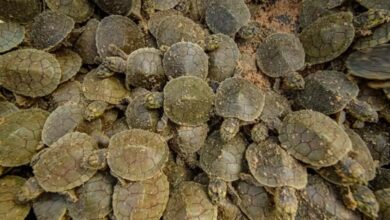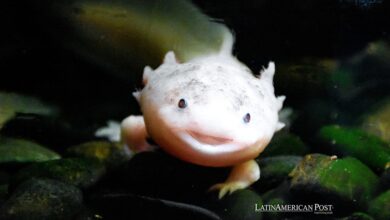Too rare to wear


The Hawksbill sea turtle is one of the seven species of sea turtles in the world that is found in tropical and sub-tropical waters of the Indian, Pacific and Atlantic oceans. They live in coral reefs and other habitats like rocky areas, mangroves, lagoons, shallow coastal zones and oceanic islands. They are a critically endangered species and up to 30% of their total global population of nesting females is found in the Caribbean Sea.
Adult hawksbills weigh in around 45-90kg and reach just 0.5-1m length, making them one of the smaller sea turtle species. They’re considered as one of the most beautiful of sea turtles, especially for their shell, but this has had a severe impact in their decline. Their shell is covered in gold, brown, orange and reddish streaked overlapping scales (or scutes) which can be polished and carved to make jewelry, sunglasses, trinkets and other embellishments.
It’s estimated that in the last 100 years global hawksbill populations have decline by 90% as a result of the demand for their shell. Commonly referred to as tortoiseshell or “bekko” in Japan, its illegal trade has push this species to the brink of extinction.
In Japan, bekko combs are worn as part of their traditional wedding dress and in the US even if these items are illegal the US Customs agents usually intercept them from tourists returning from the Caribbean.
The legal trade of hawksbill turtles and their products was outlawed by the Convention on the International Trade of Endangered Species (CITES) in 1992. Nonetheless, they continued to be hunted due to both lack of enforcement and lack of awareness form buyers.
According to the US Fish & Wildlife Service today the Japanese bekko industry remains intact and recent surveys in Latin America have shown a great availability of these products. For example, in Cuba almost 70% of shops offered tortoiseshell products and in Nicaragua more than 90% of the souvenirs shops offered them.
This is where the “Too Rare Campaign” gains importance. It aims to “reduce demand for turtleshell products in Latin America and the Caribbean by collaborating with tour operators and tourism organizations to educate travelers” and protect the critically endangered species.
“Travelers can take an active role in the conservation of hawksbills with their purchases and help bring this turtle back from the brink,” Campaign director Brad Nahill, who is also the director of the sea turtle conservation organization SEE turtles told Mongabay. “These turtles are incredibly important for the health of coral reefs and for tourist economies in the tropics and it is everyone’s responsibility to help them recover”
The campaign’s webpage includes an introductory video to the issue, a pledge to avoid turtleshell products and an infographic that hopes to help travelers distinguishing turtleshell products from cow bone, plastic or coconut shell. It targets tourists and hopes to reach vendors through them.
“The ask is for travelers not only to not buy the items but to also not buy any products from vendors who sell them, and most importantly, to tell the vendors why they aren’t buying from them, to give them an incentive to forgo selling them,” Nahill told Mongabay.
“The vendors, for the most part, know that they are selling endangered animals and continue to do it anyway. We’re hoping to replicate the success we’ve seen focusing on the consumers, like the shark fin campaign by WildAid. If we can cut the demand, we can put a dent in the market,” he added.
LatinAmerican Post | Maria Andrea Marquez




